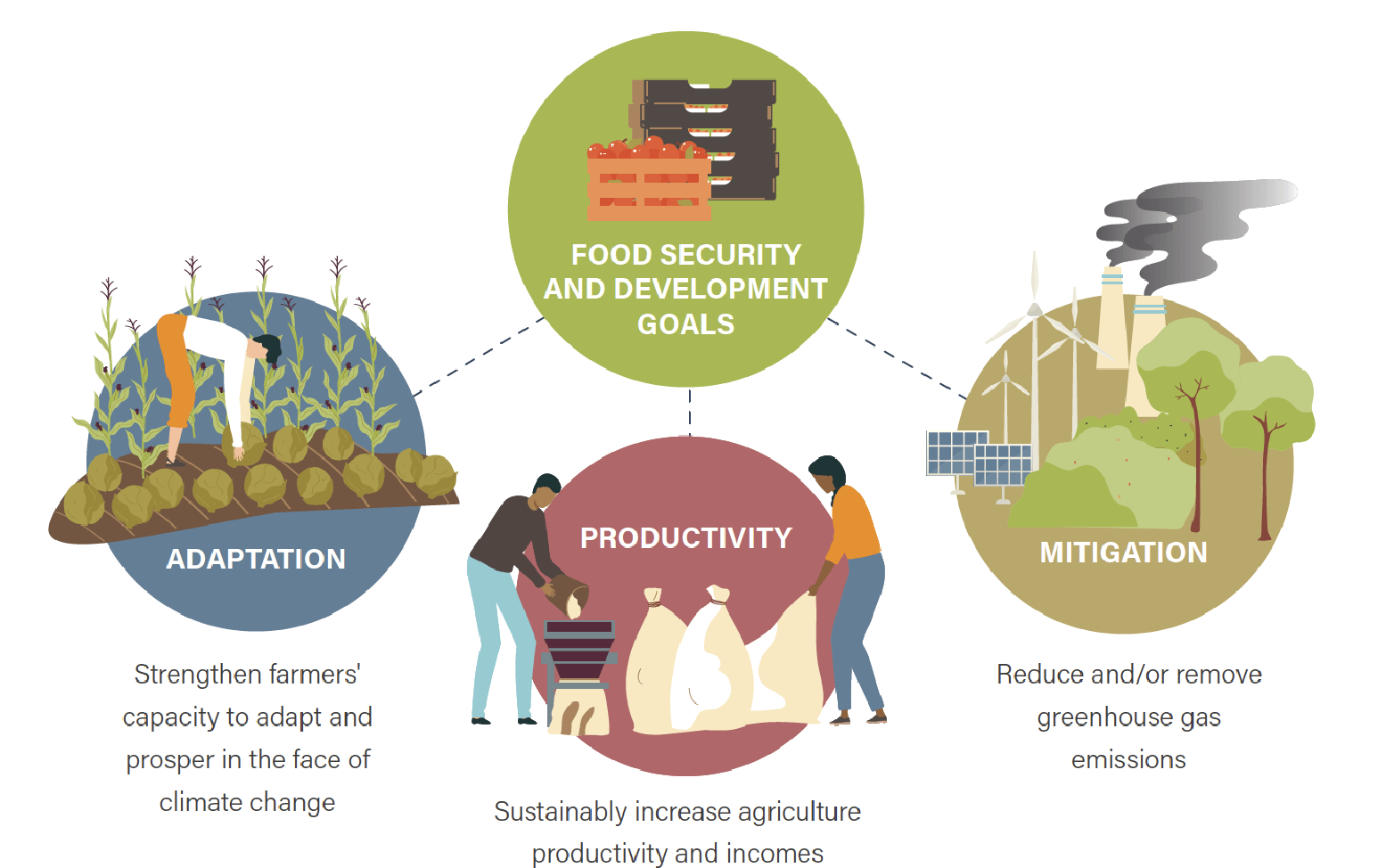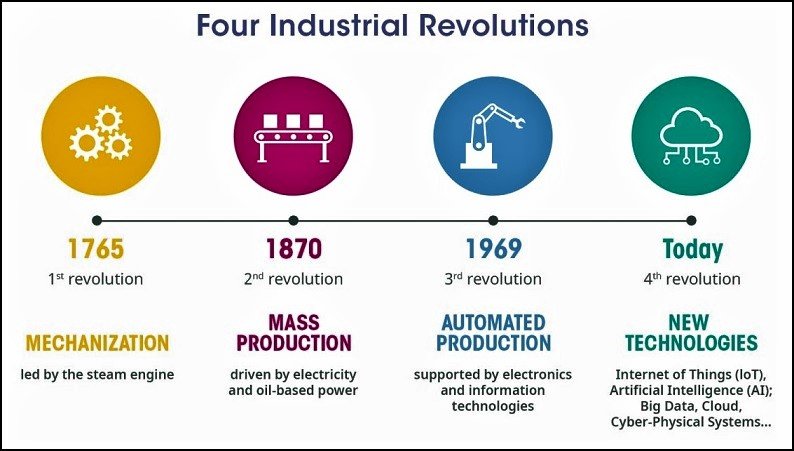
Standardised Development and Building Regulations, 2023
Subscribers of "Current Affairs" course can Download Daily Current Affairs in PDF/DOC
Subscribe to Never Miss an Important Update! Assured Discounts on New Products!
Must Join PMF IAS Telegram Channel & PMF IAS History Telegram Channel
- Context (PIB I ETR): The Bureau of Indian Standards (BIS) has issued ‘Standardised Development and Building Regulations, 2023′.
- SDBR are aligned with the National Building Code of India 2016 (NBC 2016) and draws inspiration from global best practices.
- These regulations will act as model-building regulations for the states and UTs.
- States can revise their regulations as per the model regulation.
- The building regulations vary from one state to another. However, there are some regulations which are standard across the country.
- The model regulation simplifies those regulations for uniform adoption.
- These regulations give a comprehensive framework to ensure safety, accessibility, and sustainability in construction.
- Model building regulation will benefit all stakeholders, especially tier II and III cities facing a shortage of architects and building professionals.
- The model regulation also covers new-age concepts such as
- EV charging stations,
- Wind electricity generators,
- Transferable development rights,
- Transit-oriented development,
- High-security areas, and
- Retirement homes.
Bureau of Indian Standards (BIS)
- BIS initially came into existence by enactment of the act in 1986.
- A new act (to replace the BIS Act of 1986) was introduced in the Lok Sabha in 2015; The new act came into force in 2017.
- BIS Act 2016 establishes the Bureau of Indian Standards (BIS) as India’s national standards body.
- BIS is a statutory body.
- It is regulated under the Ministry of Consumer Affairs, Food & Public Distribution.
- BIS has been providing traceability and tangibility benefits to the national economy in several ways:
- Providing safe, reliable, quality goods.
- Minimizing health hazards to consumers.
- Promoting exports and imports substitutes.
- Control the proliferation of varieties through standardisation, certification and testing.
Features of BIS Act, 2016
- The Act allows multiple types of simplified conformity assessment schemes, including self-declaration of conformity.
- The Act enables the GoI to appoint any authority/agency, besides the BIS, to verify the conformity of products and services with the established standard and issue a certificate of conformity.
- The Act provides enabling provisions for mandating the hallmarking of precious metal articles.
- There is a provision for repair or recall of the products (bearing Standard Mark) that do not conform to the relevant Indian Standard.
- The Act allows the GoI to make it compulsory for certain notified goods, processes, articles, etc., to carry the standard mark
- In the public interest,
- The safety of the environment and national security, or
- To prevent unfair trade practices.
- The Act has identified new areas for standardisation. These include:
- Medical devices
- Alternate fuels
- Smart cities
- E-mobility
- New and renewable energy
- Digital technologies (Artificial Intelligence, Industry 4.0, Blockchain, etc.)
- The Act also prescribes penalties for the following points:
- The improper use of the standard mark by testing and marking centres.
- Manufacturing or selling goods & articles that do not carry a standard mark and have been mandated to do so, etc.
National Building Code of India (NBC)
- It is a national instrument providing guidelines for regulating building construction activities.
- It serves as a Model Code for adoption by all agencies involved in building construction work, whether Public Works Departments, local bodies, or private construction agencies.
- The BIS publishes the National Building Code of India, a recommendatory document.
- It was 1st published in 1970 at the instance of the Planning Commission and then first revised in 1983.
- The second revision of the Code was in 2005, and two amendments were issued in 2015.
- Under the Code, all existing & new buildings are classified by nature of use, such as residential, educational, assembly (like cinemas, auditoria), business, mercantile, industrial, storage and hazardous.





![PMF IAS Environment for UPSC 2022-23 [paperback] PMF IAS [Nov 30, 2021]…](https://pmfias.b-cdn.net/wp-content/uploads/2024/04/pmfiasenvironmentforupsc2022-23paperbackpmfiasnov302021.jpg)










